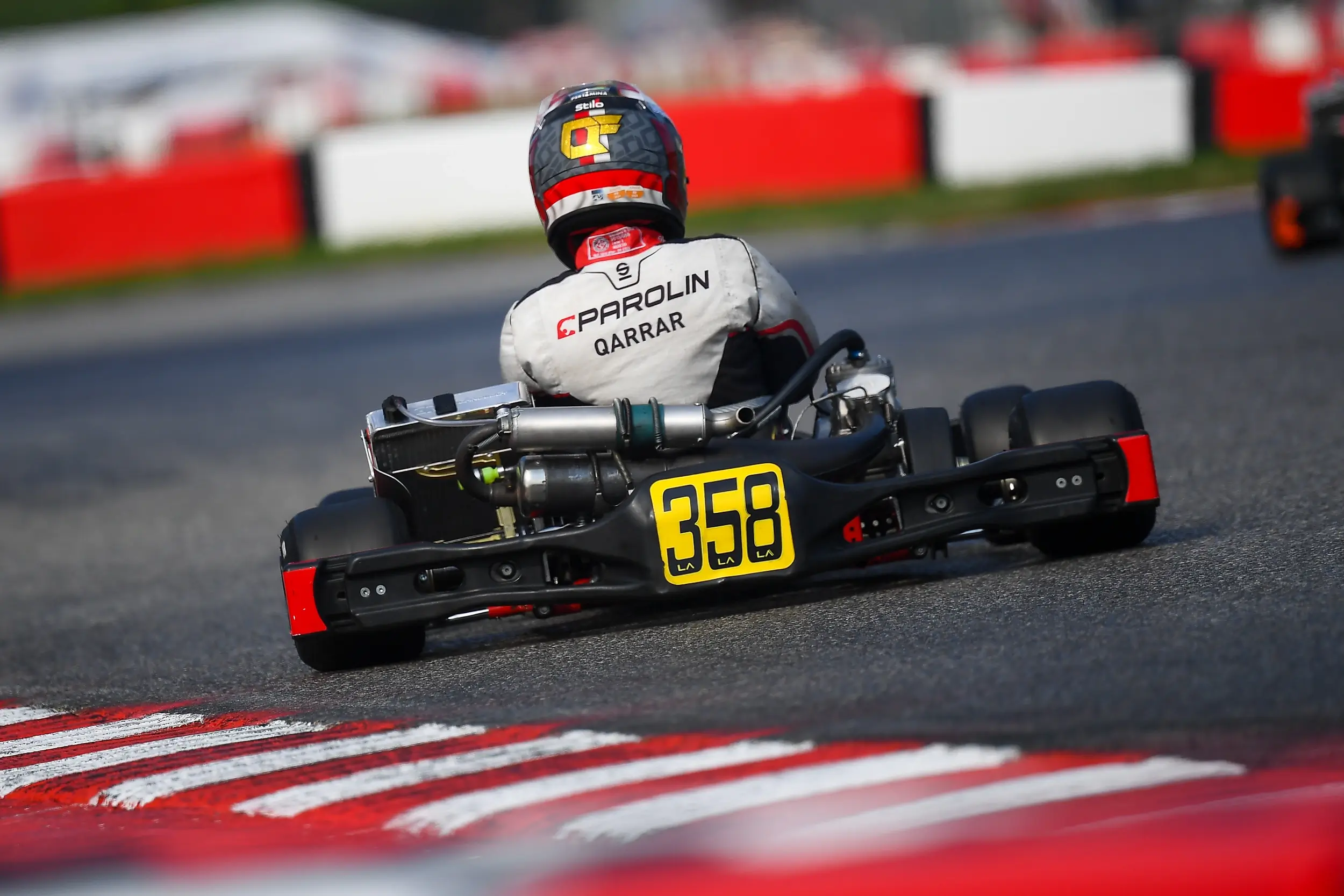In racing, the difference between winning and losing can come down to a single maneuver on the track. Late braking is one of the most commonly used techniques to gain an advantage when overtaking. This technique allows a driver to brake later than their opponent before entering a corner, gaining a better position upon exiting.
For a driver like Qarrar Firhand, mastering late braking is not just about bravery but also about understanding the track, the vehicle, and the competitors. This article will provide an in-depth look at how to optimize the late braking technique when to use it, and how to avoid mistakes that could be costly on the track.
What is the Late Braking Technique?
Late braking is a technique where a driver delays braking longer than their opponent before entering a corner. By braking later, the vehicle maintains a higher speed on the straight, providing a greater opportunity to overtake before reaching the corner’s apex.
However, this technique comes with risks. If a driver brakes too late or executes it incorrectly, the vehicle can lose traction, go off the racing line, or even collide with an opponent. Therefore, applying late braking with precision and proper control is crucial for its success.
When Should Late Braking Be Used?
Not every corner or racing situation is suitable for late braking. A driver must know the right moments to implement it. Here are some scenarios where late braking is most effective:
When Attempting to Overtake an Opponent
- This technique is most often used during overtaking in corners, especially if the driver ahead brakes earlier.
- Entering the corner faster allows a driver to gain a better position inside the turn and exit with an advantage.
On Corners with Long Braking Zones
- Some corners have extended braking zones, making it possible to delay braking without losing control.
- Examples include hairpin turns or wide corners, which are ideal for late braking.
Against an Opponent with a Conservative Braking Style
- If an opponent tends to brake early, late braking can be an effective tool to gain an advantage.
However, there are also conditions where late braking should be avoided, such as tight corners requiring low entry speeds or when the track is slippery due to rain.
Fundamentals of the Late Braking Technique
Using late braking effectively requires more than just delaying the brake application. Several important techniques must be considered to maximize results without losing control:
Precisely Identifying the Braking Point
- First, understand the normal braking point. Before attempting late braking, a driver must know the standard braking point for each corner.
- Gradually shift the braking point. Do not immediately brake much later than usual. Adjust incrementally to maintain control.
Managing Vehicle Weight Distribution
- When braking hard at the end of a straight, vehicle weight shifts forward.
- If not controlled properly, the rear of the vehicle can lose grip, leading to oversteering.
Using the Trail Braking Technique
- Trail braking is often combined with late braking, where the driver slightly maintains brake pressure while entering the corner to maintain vehicle balance.
- This technique helps keep the vehicle stable and prevents traction loss when entering a turn at high speed.
Choosing the Right Racing Line
- When applying late braking, a driver must consider the best racing line to avoid losing momentum when exiting the turn.
- Taking an overly deep entry (dive bombing) can result in a poor exit speed.
Common Mistakes When Using Late Braking
While this technique can be highly effective, many drivers make mistakes when executing it. Here are some common errors to avoid:
Braking Too Late and Losing Control
- If braking is delayed excessively, the vehicle can slide off the track and lose momentum.
Locking Up the Tires While Braking
- On vehicles without ABS, sudden braking can cause the tires to lock up and lose grip.
- The solution is to apply the brakes progressively or use the trail braking technique.
Not Adjusting to Track Conditions
- A wet or dusty track can make late braking less effective due to reduced tire grip.
- Always adapt braking techniques based on track conditions.
Professional Racers Who Excel in Late Braking
The late braking technique is not only used in go-karting but also in higher racing categories like Formula 1 and MotoGP. Some world-class drivers known for their late braking skills include:
- Ayrton Senna – Renowned as one of the most aggressive braking specialists in F1 history.
- Max Verstappen – Uses late braking with precision to overtake opponents in tight corners.
- Marc Márquez – In MotoGP, Márquez frequently delays braking to the maximum point before entering corners.
In go-karting, Qarrar Firhand and other young drivers continue developing this technique to gain a competitive edge in increasingly intense competitions.
Late Braking as a Key Competitive Advantage
Late braking is a critical skill that every competitive driver must master. By understanding when and how to use it, a racer can overtake opponents effectively without losing control.
However, this technique must be used with careful calculations. A small mistake in braking can be costly, whether in terms of losing position or causing an incident on the track. Therefore, consistent practice, track knowledge, and teamwork are essential to mastering late braking optimally.
For drivers like Qarrar Firhand, refining late braking is a crucial step in their journey toward success in motorsports. When executed correctly, this technique can be one of the most potent tools in high-level competition.

